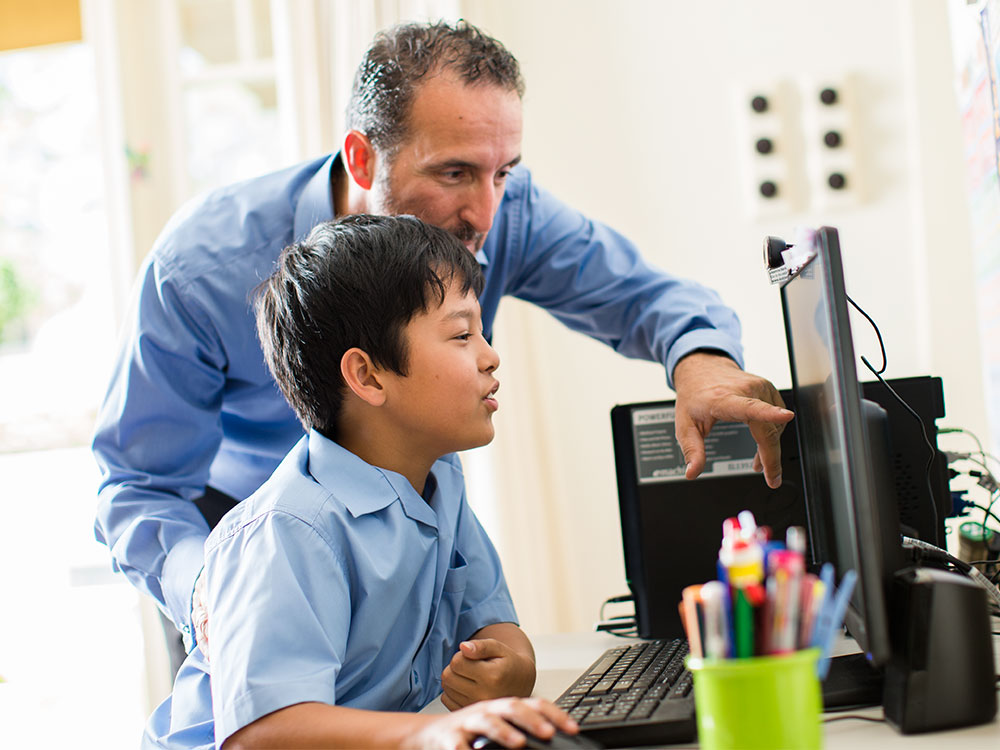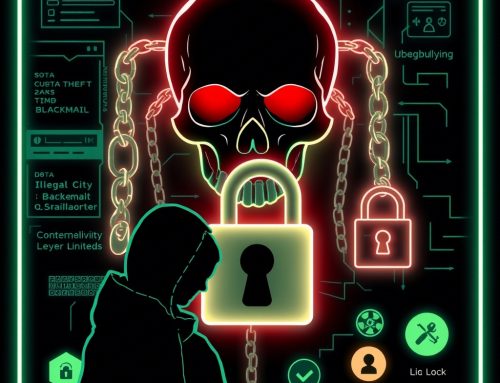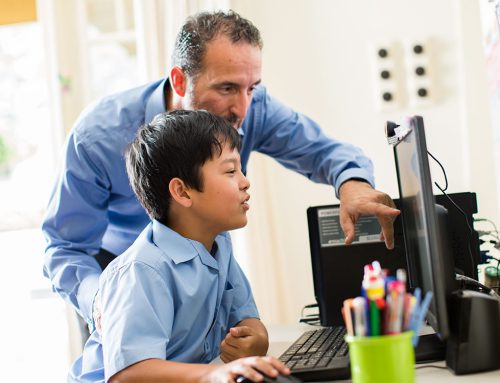The internet is a double-edged sword. On one hand, it provides kids with access to a wealth of knowledge, opportunities for education, and platforms to connect with peers. On the other hand, it exposes them to risks that can jeopardize their safety and well-being. For parents, finding an effective way to protect children while allowing them to benefit from the digital world is a must.
From inappropriate content to cyberbullying and online exploitation, the internet has its share of dangers. But the good news is, there are effective steps you can take to shield your kids from harm and equip them with the tools to safely explore the online world. Let’s break it down.
Why Keeping Kids Safe Online Is Crucial
Children today are born into a digital-first world, often spending hours online every day. While technology is an incredible tool for learning and entertainment, it also includes hidden threats. Here’s why safeguarding their digital presence is critical:
1. Protecting Against Exposure to Harmful Content
The internet is full of content that isn’t appropriate for young eyes, including violence, hate speech, and explicit material. Children who stumble upon such content may experience fear, confusion, or emotional discomfort. By being proactive, you can help ensure their online experiences are enriching instead of overwhelming.
2. Preventing Cyberbullying
The anonymity of the internet unfortunately makes it a breeding ground for cyberbullying. Hurtful comments, social exclusion, and online harassment can have serious emotional and psychological impacts on kids. Monitoring their online interactions and fostering open communication can make a world of difference.
3. Protecting Personal Information
Kids are often unaware of the consequences of oversharing personal information online. Identity theft, scams, or contact with harmful individuals become possibilities when privacy isn’t maintained. Teaching your children about the value of safeguarding personal details will help keep them safe.
4. Reducing the Risk of Online Exploitation
Predators often exploit the anonymity of online platforms. From seemingly harmless gaming chats to social media interactions, vulnerable children may unknowingly interact with individuals who do not have their best interests at heart. Monitoring their online activities can prevent these risks.
5. Encouraging Healthy Screen Habits
Excessive screen time has been linked to issues such as disrupted sleep patterns, difficulty concentrating, and reduced physical activity. By setting limits and encouraging offline activities, you can help your children develop a balanced, healthy lifestyle while enjoying the benefits of technology.
Proven Strategies for Keeping Kids Safe Online
Protecting kids from the dangers of the internet doesn’t have to be overwhelming. Here are several practical and effective strategies that parents can adopt today:
1. Use Parental Control Software
Parental control software is your first line of defense. These tools allow you to track your child’s online activities, block inappropriate content, and set time limits on device usage. Many parental control apps even provide detailed reports about the apps, websites, and platforms your child is using.
Popular parental control tools to consider:
- Qustodio
- Bark
- Net Nanny
- Norton Family
2. Regularly Check Their Devices
Get in the habit of accessing your child’s devices, including smartphones, tablets, and laptops. Review their browsing history, installed apps, and digital downloads. While this step helps ensure transparency in their online behavior, remember to explain to your kids why regular checks are necessary.
3. Monitor Social Media Usage
Social media platforms are a mixed bag for children. While they allow kids to stay connected with friends, they can also be places where oversharing, cyberbullying, or exposure to inappropriate posts occur.
Encourage your children to use privacy settings, limit personal details in their profiles, and avoid interacting with strangers online. It may also be helpful to keep an eye on whom they’re communicating with and the content they’re sharing.
4. Foster Open Communication
One of the most effective ways to protect your kids online is to keep the lines of communication open. Reassure them that they can approach you without fear if something they see online makes them uncomfortable.
Start conversations by asking questions like:
- “What’s your favorite part of being online?”
- “Have you seen anything online that made you feel uncomfortable recently?”
- “How do you think people can stay safe while using social media or games?”
This kind of dialogue helps to create trust and empowers children to share their questions and concerns.
5. Set Limits for Screen Time
Establish clear rules around how much time kids can spend online daily or weekly. Setting limits encourages them to take breaks, get outside for physical activities, and spend quality time with family.
Consider using features like Apple’s “Screen Time” or Android’s “Digital Wellbeing” to set restrictions automatically.
6. Educate Yourself on Online Trends
The more you understand the latest technologies, social media platforms, and online trends, the better equipped you’ll be to guide and protect your kids. Follow trusted parenting blogs, listen to podcasts, or even join online forums where parents discuss digital safety.
Striking the Right Balance
While it’s important to monitor your child’s internet activities, it’s equally essential to respect their privacy and foster independence. Carve out boundaries that balance their need for online exploration with safety precautions.
For example:
- Instead of looking at their personal chats without consent, agree that you’ll only check in specific situations where safety is in question.
- Allow them to select some of their entertainment options while discussing what makes content safe or appropriate.
Empowering kids to recognize potential online dangers and make their own decisions with your guidance is one of the most effective ways to raise responsible digital citizens.
Final Thoughts
The digital landscape isn’t without its risks, but armed with the right strategies, you can help your children use the internet safely and confidently.
From leveraging parental control tools to fostering honest conversations, each step you take strengthens their online safety net. And remember, education is a two-way road—learning about the digital world together can be an excellent opportunity to bond with your kids while ensuring their well-being.
Do you have any tried-and-true tips for internet safety? Share your ideas in the comments below—we’d love to hear from you!





